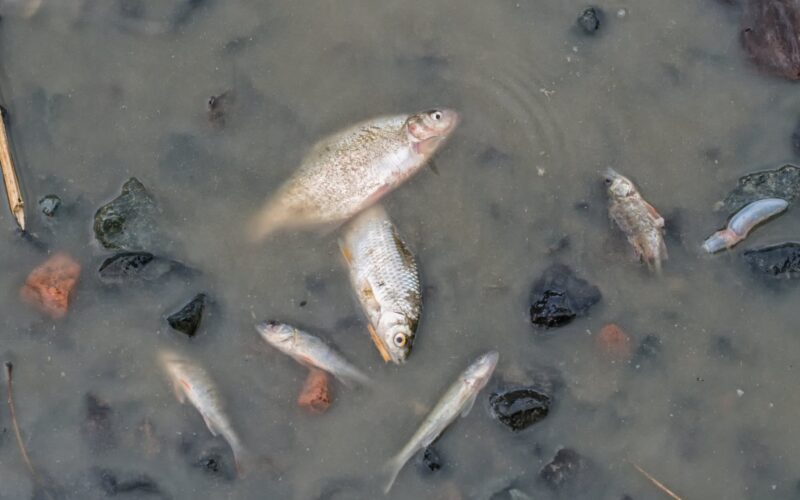How to remove Amonia from wastewater ?
Ammonia, a nitrogen compound commonly found in wastewater, poses a significant threat to water bodies, especially when present in excessive amounts. It is frequently encountered in agricultural and industrial effluents. High levels of ammonia in water can trigger eutrophication, a phenomenon characterized by an overabundance of nutrients that stimulates excessive growth of plants and algae. As a result, oxygen levels in the water decrease, endangering aquatic life and disrupting the delicate balance of the ecosystem.
To combat ammonia pollution, Probiosphere employs advanced biological processes. Our treatment method capitalizes on the metabolic abilities of specialized bacteria that convert ammonia into harmless substances like nitrate. By utilizing this natural conversion process, we effectively mitigate the adverse effects of ammonia, leading to improved water quality and the preservation of aquatic habitats.
Ammonia: Managing Nitrogen Pollution
Reducing ammonia in wastewater requires effective treatment methods that can efficiently remove or convert this nitrogen compound. Several approaches can be employed to achieve this goal.
One common method is biological treatment, which involves the use of specialized bacteria that have the ability to convert ammonia into less harmful compounds. These bacteria, known as nitrifying bacteria, oxidize ammonia to nitrite and then to nitrate through a process called nitrification. This conversion process significantly reduces the concentration of ammonia in the wastewater, making it less harmful to the environment.
Another approach mostly used in surface water treatment is chemical treatment, where chemicals such as chlorine or chloramines are added to the water to react with ammonia and form non-toxic compounds. This method, known as chlorination, helps to break down and remove ammonia from surface and recreational waters effectively.
Additionally, proper wastewater management practices can also play a crucial role in reducing ammonia levels. This includes implementing measures to minimize the discharge of ammonia-rich wastewater into water bodies, optimizing industrial processes to reduce ammonia generation, and ensuring the proper maintenance and operation of wastewater treatment facilities.

By employing a combination of biological and chemical treatment methods, along with efficient wastewater management practices, it is possible to effectively reduce ammonia levels in wastewater, mitigating its impact on the environment and safeguarding aquatic ecosystems.

Activities responsible for ammonia
Ammonia pollution in water bodies is primarily caused by various human activities and industrial processes. Agricultural practices, such as the application of fertilizers and the use of animal manure, contribute significantly to ammonia pollution. Excessive use of nitrogen-based fertilizers and poor management of livestock waste can result in the release of ammonia into the environment.
Industrial activities, such as food processing, petrochemical production, and wastewater treatment, also contribute to ammonia pollution. These industries release wastewater containing high levels of ammonia into water bodies if not properly treated. Additionally, untreated domestic sewage can be a significant source of ammonia pollution.
Ammonia pollution can have detrimental effects on aquatic ecosystems. It can lead to eutrophication, where excessive nutrient levels cause algal blooms, oxygen depletion, and harm to aquatic organisms. Understanding the sources of ammonia pollution is crucial for implementing effective mitigation strategies and adopting sustainable practices in agriculture, industrial activities, and wastewater treatment to reduce ammonia discharge and minimize its impact on the environment.